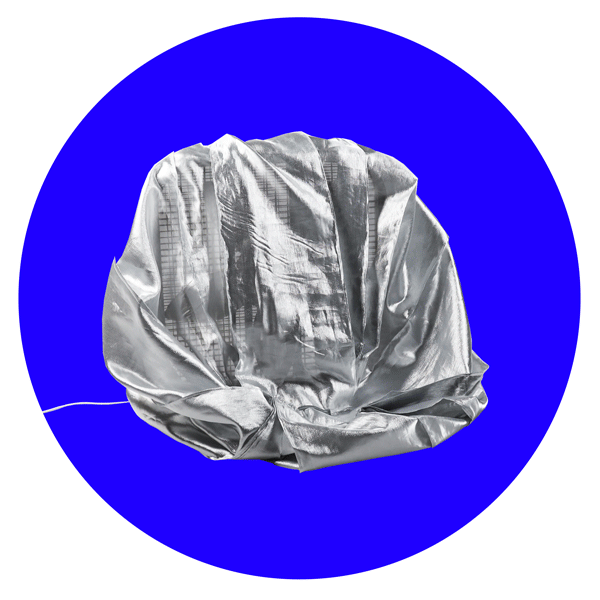Fabric Space: Drawing Assemblies

This webpage is the repository of the course material and student work produced in Fabric Space: Drawing Assemblies, currently taught at Cornell AAP.
“To fabricate a thing is to prototype a method of assembly, to coordinate a set of material transformations toward the ultimate goal of standing something upright. Processes developed over generations in response to a range of specific social, environmental, economic, and aesthetic constraints come to determine how things are made. Take, for instance, the drawing, today the primary tool by which design intent is communicated to fabricators. Construction drawings are homogeneous, flat, monochromatic and platonic. Necessarily reductive, they omit some dimensional and textural variability of site and material. They are also biased toward the limitations of their platforms: where analog pen drawings allow for granular detailing of material texture, digital vector drawings more accurately depict complex geometries and exact dimensions.
This course sets out to unpack these biases. Exploring the nature of what Robin Evans1 calls architectural “translation,” the shift that occurs in the process of turning drawing into building, it centers on what gets lost in translation. Evans draws parallels between the architectural and textual translation, pointing out the ontological and hermeneutic issues that arise in this transmutation. Etymologically, he argues, translation implies a neutral shift from one thing to another. However, it never occurs as such; the information being communicated is necessarily adapted it to its new context, shedding what cannot be translated in the process and gaining new valences.
To illustrate various ways design intent can be made material, the course presents a series of speculative exercises in making with fabric. Easy to manipulate through sewing, fabric reacts instantly to each step of the assembly process, making it an optimum material for understanding the agency2 the material has in its own fabrication. Students will design, explore, and produce three fabric bags using distinct experimental communication and assembly techniques, assuming the roles of both the designer and the fabricator—at times consecutively and at others simultaneously. Through these assignments, the course aims to give the students an opportunity to “make,” to wholly execute their designs in a way rarely present in architectural practice.”
From the Syllabus, Chapter I, Rationale. See the full document here for references and additional course information.All GIFS are students’ work from Spring 2023. See About for credits.